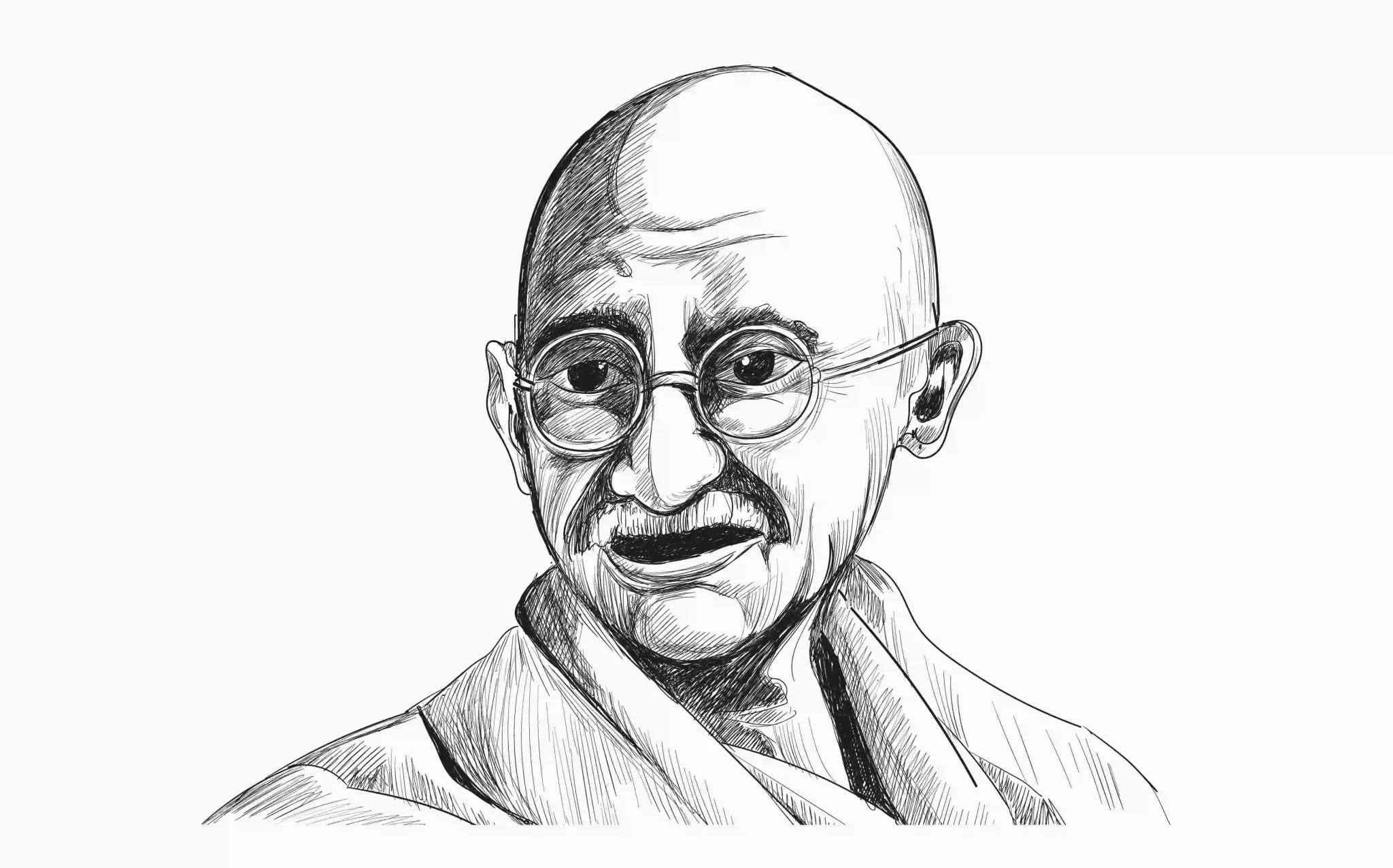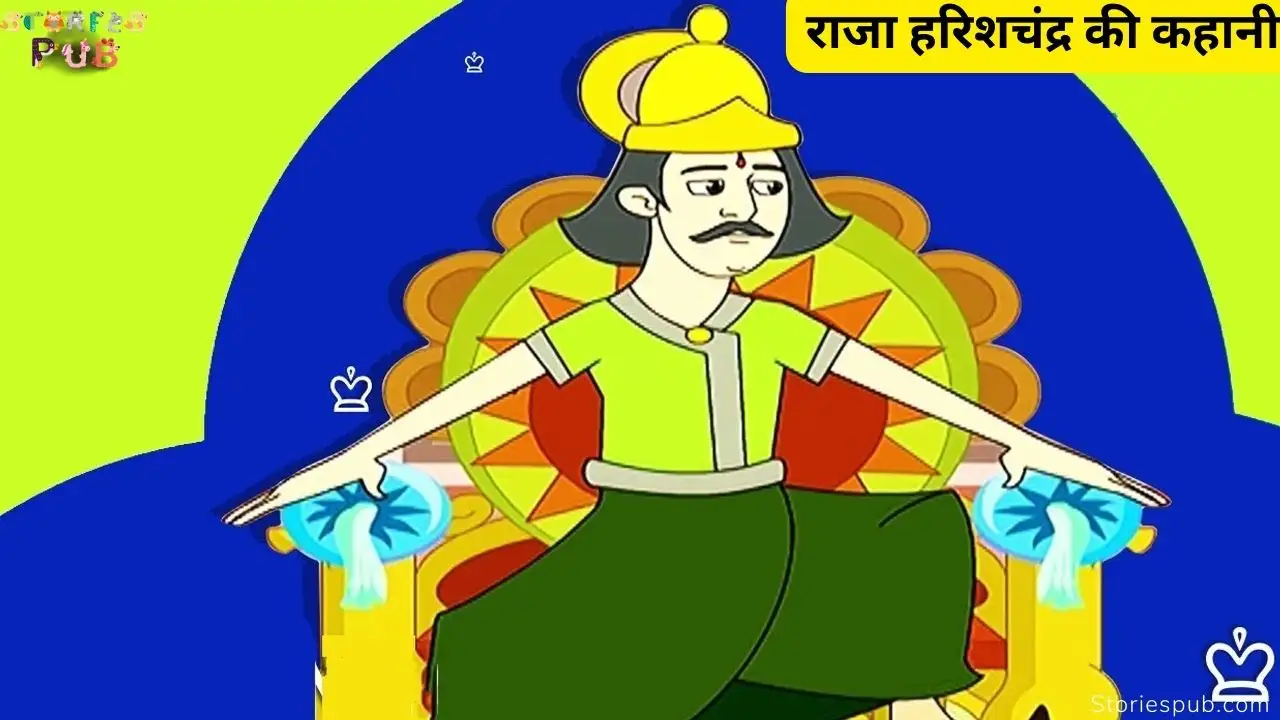Summarize this Article with:
Legendary Story of the Eighteen Arhats

The Arhats were highly respected figures in ancient China, and were revered for their attainment of enlightenment, which was seen as the ultimate goal of Buddhist practice. The term “Arhat” is a Sanskrit word meaning “worthy one,” and refers to someone who has achieved the highest level of spiritual attainment possible within Buddhism.
Each of the eighteen Arhats was said to have unique characteristics and abilities, which they used to help others on their path to enlightenment. Some were known for their wisdom and knowledge of the Buddhist scriptures, while others were revered for their compassion and ability to heal the sick and relieve suffering.
One of the most famous Arhats was known as Vajraputra, or the “Diamond Son.” He was believed to have the power to protect people from evil spirits and negative energy, and was often depicted holding a vajra, a ritual object used in Buddhist practice.
Another well-known Arhat was called Kanakavatsa, or the “Golden Robed One.” He was said to have the power to inspire people with his teachings and to help them overcome their doubts and fears.
Despite their unique qualities, however, all of the Arhats shared a common goal: to help others achieve enlightenment and relieve them from suffering. This was the central tenet of their Buddhist practice, and they dedicated their lives to this noble goal.
According to Buddhist tradition, the Arhats were disciples of the Buddha himself and were chosen to continue his teachings after his passing. They were tasked with spreading the teachings of the Buddha throughout the world, and they set out to do so with great enthusiasm.
The Arhats were beloved by the people of China, who saw them as symbols of compassion, wisdom, and morality. They were often depicted in Chinese art and literature, and their stories were passed down from generation to generation through folklore and myth.
The story of the Arhats’ journey to the Western Paradise is one of the most beloved and well-known tales in Chinese mythology. According to the story, the Arhats were summoned by the Buddha himself to come to the Western Paradise, a mythical realm believed to be the home of the Buddha.
The Arhats set out on their journey, but quickly encountered many obstacles and challenges. They were confronted by demons, monsters, and other supernatural beings who tried to prevent them from reaching their destination. However, the Arhats persevered with the help of their divine powers and the teachings of the Buddha.
As they traveled further and further west, the Arhats encountered more and more challenges. They crossed treacherous mountains and vast deserts, battled fierce beasts and encountered cunning tricksters, but through it all they remained steadfast and focused on their goal.
Finally, after many long and difficult months of travel, the Arhats reached the Western Paradise. There, they were greeted by the Buddha himself, who welcomed them with open arms. He bestowed upon them the knowledge and wisdom of the ages, and they became even more powerful and enlightened than before.
With their newfound knowledge and wisdom, the Arhats returned to China, where they continued to spread the teachings of the Buddha and help others achieve enlightenment. They became legendary figures in Chinese culture, and their stories were told and retold for centuries to come.
The journey of the Arhats to the Western Paradise is often seen as a metaphor for the journey of the soul towards enlightenment. It is a tale of perseverance, courage, and the power of the human spirit to overcome even the most difficult obstacles. And ultimately, it is a story of hope and inspiration, reminding us that even in the darkest of times, there is always a way forward towards the light.
Today, the Eighteen Arhats remain an important part of Chinese culture and Buddhism. They are still revered as symbols of compassion, wisdom, and morality, and their stories continue to inspire and enlighten people around the world.
The Eighteen Arhats are widely depicted in Chinese art and are often portrayed as a group of elderly men, each with their own unique appearance and personality. These depictions are meant to convey the individuality and distinctiveness of each Arhat, despite their shared goal of enlightenment.
Each Arhat is also often associated with a different animal sign in the Chinese zodiac. For example, one of the Arhats might be associated with the rat, while another might be associated with the ox. These associations are based on the traditional characteristics and symbolism associated with each animal sign, and are meant to provide further insight into the personality and qualities of each Arhat.
In addition to their depictions in art and association with the Chinese zodiac, the Eighteen Arhats also have a rich history and mythology that has been passed down through the centuries. They are widely regarded as symbols of compassion, wisdom, and enlightenment, and their teachings continue to inspire and guide people all around the world.
Some interesting facts about the Eighteen Arhats include that they are often depicted holding various symbols and objects, such as staffs, vajras, and Buddhist scriptures. These objects are meant to represent their spiritual power and wisdom, and to emphasize their connection to the teachings of the Buddha.
Another interesting fact is that the Arhats are often depicted in pairs or groups, each with their own distinctive characteristics and abilities. This is meant to emphasize the importance of community and collaboration in the pursuit of enlightenment, and to highlight the idea that no one can achieve enlightenment alone.
In modern times, the story of the Eighteen Arhats has been adapted in many ways, from movies and TV shows to video games and comic books. However, the core message of their story remains the same: that with compassion, wisdom, and the teachings of the Buddha, anyone can achieve enlightenment and relieve themselves from suffering.
Hey kids, how much did you like Legendary Story of the Eighteen Arhats? Please share your view in the comment box. Also, please share this story with your friends on social media so they can also enjoy it, and for more such Chinese Mythology, please bookmark storiespub.com.
Related Post :
Eighteen Arhats FAQ
Who are the Eighteen Arhats?
The Eighteen Arhats are a group of Buddhist saints who are believed to have achieved enlightenment and divine powers. They are revered in Chinese culture and their stories and teachings continue to inspire people today.
How did the Eighteen Arhats become popular in Chinese literature?
The Eighteen Arhats became popular in Chinese literature during the Ming and Qing dynasties, when their stories were told and retold through folktales and legends. They were often depicted in art and literature as symbols of compassion, wisdom, and enlightenment.
What is the significance of the Eighteen Arhats in Chinese culture?
The Eighteen Arhats are significant in Chinese culture because they are seen as symbols of enlightenment and compassion. Their teachings and practices have been embraced by many people throughout history, and their legacy continues to inspire and guide people today.
What is the relationship between the Eighteen Arhats and Buddhism?
The Eighteen Arhats are deeply connected to Buddhism, as they are considered to be Buddhist saints who have achieved enlightenment. Their teachings and practices are based on Buddhist principles, and their stories and legacies continue to be an important part of Buddhist practice today.
What are the characteristics of the Eighteen Arhats?
Each of the Eighteen Arhats is said to have unique characteristics and abilities, but they all share a common goal of helping others achieve enlightenment and relieving them from suffering. They are often depicted as elderly men, each with their own distinctive appearance and personality.
What are the different versions of the story of the Eighteen Arhats?
There are many different versions of the story of the Eighteen Arhats, each with its own unique variations and interpretations. However, the central message of their story remains the same: that with compassion, wisdom, and the teachings of the Buddha, anyone can achieve enlightenment and relieve themselves from suffering.
What lessons can be learned from the story of the Eighteen Arhats?
The story of the Eighteen Arhats teaches us the importance of perseverance, courage, and the power of the human spirit to overcome even the most difficult obstacles. It is a reminder that even in the darkest of times, there is always a way forward towards the light.
How has the story of the Eighteen Arhats been adapted in modern times?
The story of the Eighteen Arhats has been adapted in many ways in modern times, from movies and TV shows to video games and comic books. However, the core message of their story remains the same, and their teachings and practices continue to inspire and guide people around the world.
What is the role of the Eighteen Arhats in Buddhist practice today?
The Eighteen Arhats continue to be revered within Buddhist practice today, and their teachings and practices remain a vital part of the religion. They are seen as spiritual guides and role models, and their legacy lives on as a reminder of the power of compassion, wisdom, and enlightenment.
What are some interesting facts about the Eighteen Arhats?
Some interesting facts about the Eighteen Arhats include that they are often associated with the Chinese zodiac, with each Arhat representing a different animal sign. They are also often depicted holding various symbols and objects, such as staffs, vajras, and Buddhist scriptures.














